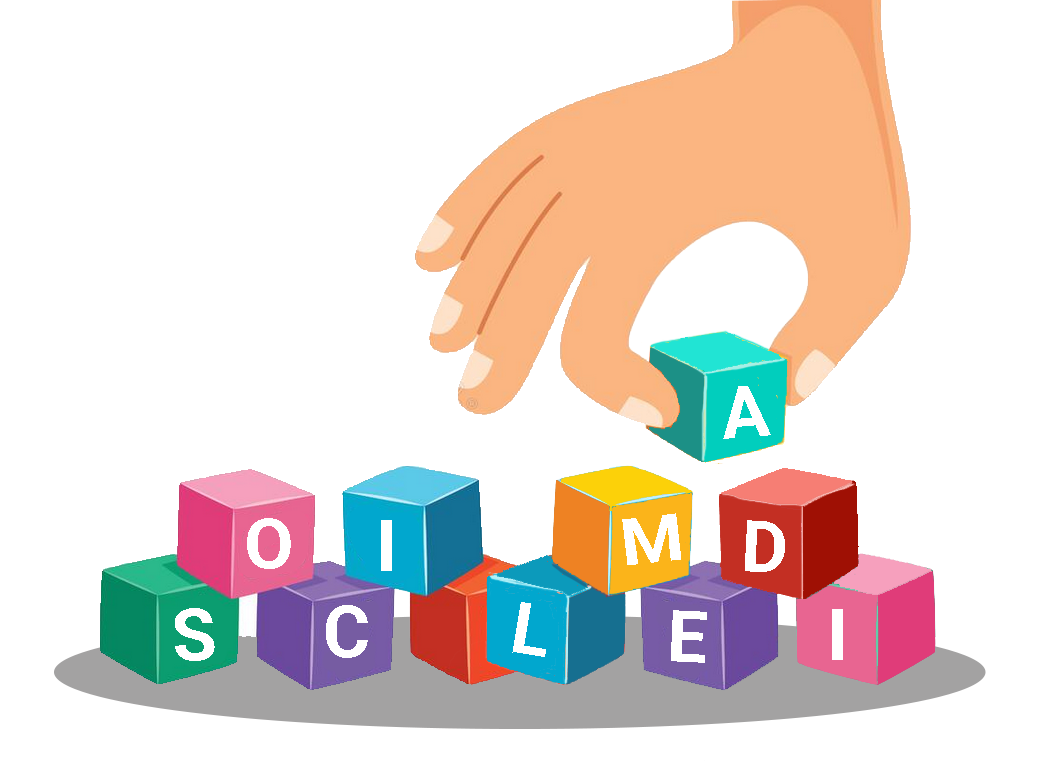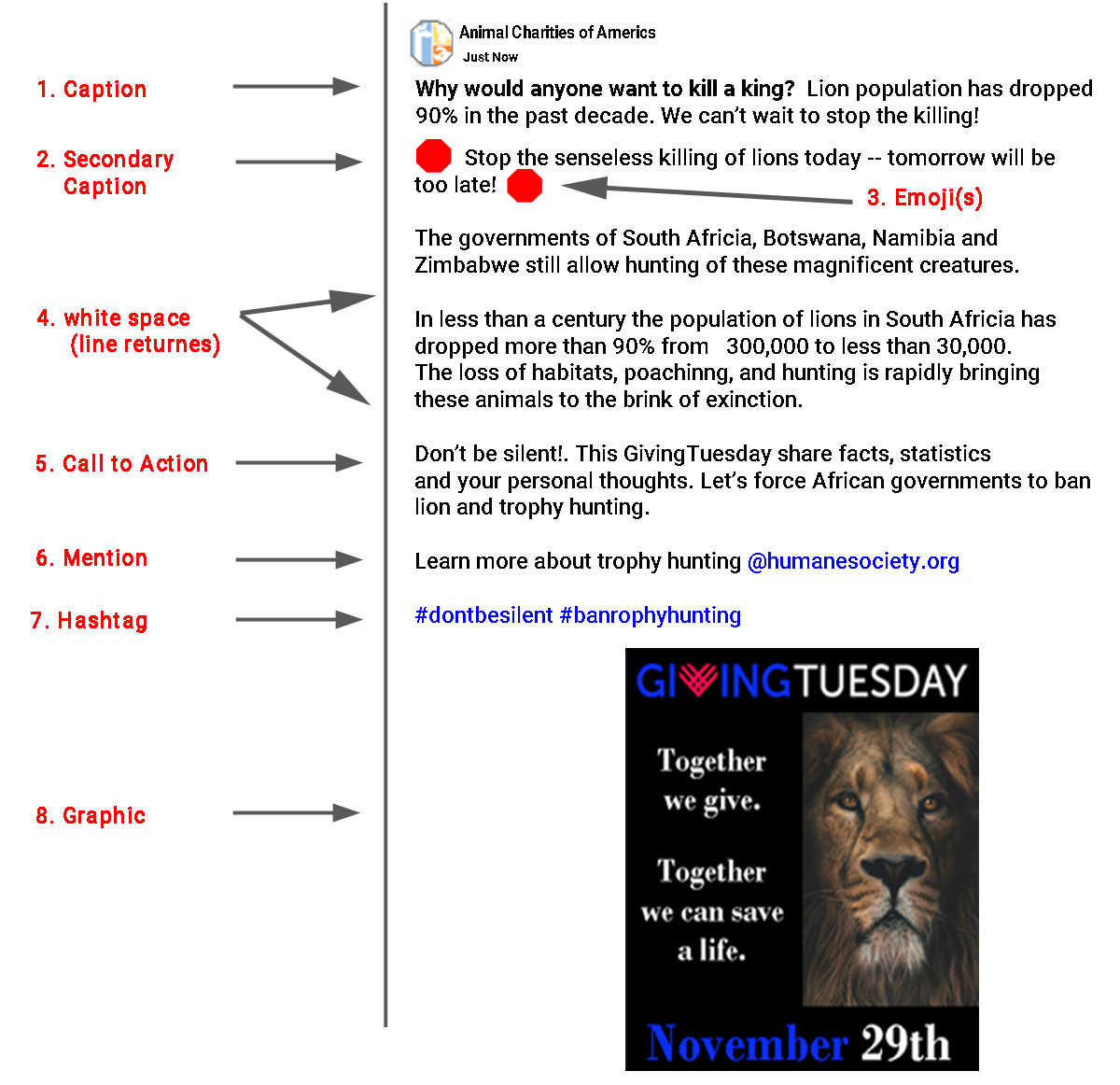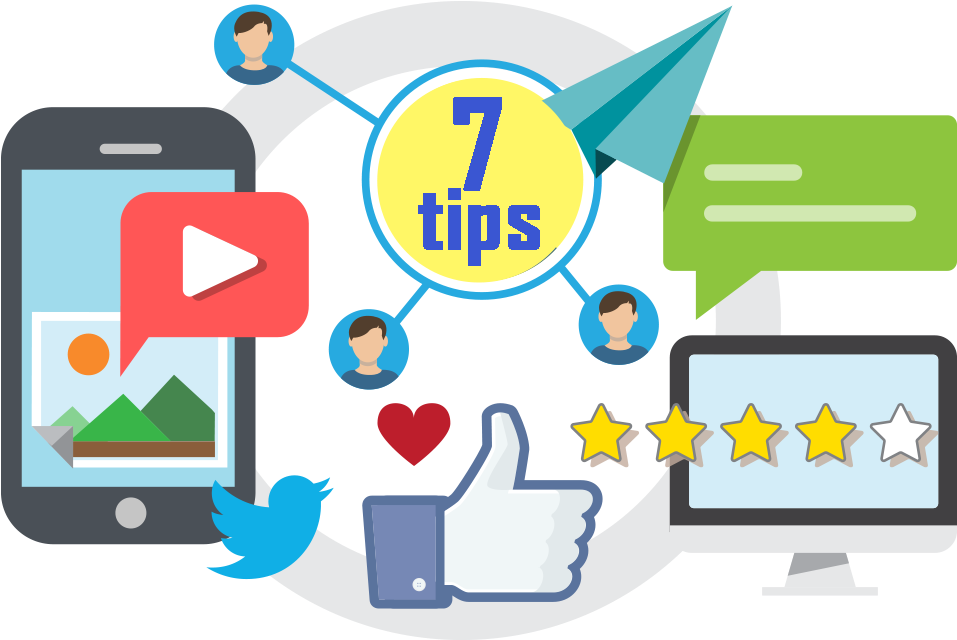How To Create An Effective Social Media Post
Published: October 26, 2022
 by Janet Bargewell, GiveDirect Support
by Janet Bargewell, GiveDirect Support
Building Blocks of a Post
Have you considered what goes into making a good social media post? I've seen lots of tips and suggestions, but I think it boils down to this: understand the anatomy of a post (the parts and pieces and why they are important) and then follow some simple tips for the actual composition of your post.
Anatomy of a Post
There are eight basic parts to the design and layout of a post.
Let's dissect the components of this hypothetical Facebook post.

-
A Captivating Caption
You only have a second to grab your audience's attention. Here are some caption ideas to remember when writing this important opening line.
-
Use Numbers
- 50 animals saved from euthanasia
- 15 young girls rescued from human traffickers
- 5 new medical trials underway now
-
Ask a question
- What are you most passionate about?
- What's the biggest challenge you will face today?
- Where have all the trees gone?
-
Trigger curiosity or emotion
- You'll never guess what happened today
- 4 kids died yesterday all because...
-
Create a sense of urgency
- Hurry! This offer ends at midnight.
- (event) starts tomorrow. Do you have your tickets?
- Stop the killing today -- tomorrow will be too late!
-
Make a promise
- This one thing can save 10 animals a day
- 6 sure-fire ways to keep your teens safe
If you do make a promise, make sure your post fulfills that promise completely.
Create mockups of your caption with your graphics. Make sure they work well together for each platform where you intend to post. Test them out with colleagues or friends for readability and response.
Watch the Caption length. There is a lot of debate about how long your caption should be, but a longer caption is currently more favorable. Since most people will not read your full post, feel free to expound here. 10 to 20 words seem to be a good length for Facebook. Even longer captions work well on other platforms.
-
Use Numbers
-
Secondary Caption
This is your second opportunity to capture your readers' attention. If you want to include "facts and figures", use them here instead of in the primary caption.
-
Emojis
Emojis can add extra emphasis and help to attract the eye, but every emoji should have a purpose. If the social media platform to which you are posting does not support emojis, or if they don't feel right for your piece, try using keyboard symbols such as arrows, check marks, hearts, or stars to help draw in your reader.
-
White Space
Increase the readability of your post by including white space (line returns). White space is the space between text, graphics, images, and blocks. In a long post, the eye needs somewhere to rest. The empty space keeps your content from being so crowded that it's hard to read.
-
Call To Action
Your Call to Action is where you convert a passive reader into an active supporter. The CTA may be at the beginning or the end, but make sure you include one in every post.
Read more about how to craft an effective Call to Action.
-
Mentions
You are posting on social media, so make it "social" by mentioning others: supporters, promoters, other community awareness groups, or people who have mentioned you in their posts. Not only will those people appreciate the shoutout, but they may reciprocate by sharing or "liking" your post.
-
Hashtags
Select your most important keyword or phrase and make it a hashtag. As soon as your piece it published, that hashtag immediately becomes searchable.
See our article How To Use Hashtags for some key dos and don'ts when using hashtags.
-
Graphic
Not every post will need a graphic, but a captivating photo, video, or well-crafted infographic can speak volumes.

7 Tips for Writing an Effective Social Media Post
Do Your Research

Tailor your posts for specific platforms. Not every platform is used in the same way, so make sure you are not sending out a "one-size-fits-all" message.
Know your audience - what they like, what they don't like, and challenges they face. Pick a high priority desire or challenge and develop your content with that in mind.
Related: Who Is Your Social Media Audience?
Know Your Brand Voice

Consistency: Your brand voice is the personality and emotion you insert in your marketing and fundraising activities, including social media. You create that voice with the language and tone you use in your writing. Using a consistent voice across all media types will help your audience connect with you emotionally and help to build trust.
Font usage: Get artsy with your graphics, not your fonts. A generally accepted design practice is to limit the number of fonts to no more than two or three in a single document, but one is usually sufficient. Whatever font(s) you choose, make sure they are applied consistently across your brand.
Include your logo: Make sure your logo is included in every post and that you are consistent with the placement. Alignment (left, right, center) is immaterial as long as you are consistent. Branding consistency is key.
Nurture Relationships

Stay positive: Take a stand when necessary, but don't attack or criticize.
Speak your audience's language: Speaking to soccer moms about school safety will sound quite different than speaking to business executives about supporting after-school programs. Know your audience and speak their language in your post.
Keep it short and simple: Approximately 80% of the U.S. population reads at a 3rd grade level. Only 50% read at an 8th grade level. Be as succinct as possible and don't overtax your readers. Using headings and bullet lists will help your reader scan the material quickly and efficiently.
Keep it personal (but professional): Engage your readers by using personal pronouns such as "I," "we," and "me". Write as though you are speaking directly to a single supporter using the audience persona you've developed. This will improve your click rates. Also, it's ok to break a few punctuation rules, use hashtagged words or replace words with emojis, but don't look sloppy -- make sure to check your spelling and grammar.
Add A Compelling Call To Action

Make sure to include a CTA which prompts your audience to take whatever action you want: share a post, visit your website, subscribe to your newsletter, ask for comments or likes, or ask them to follow you on other social media platforms.
Use Captivating Images And Videos

Depending on the platform (particularly Facebook), videos are the best performing content to reach your audience. However, mixing it up will keep your audience interested. Vary your posts with photos, videos, infographics, text, animated gifs, memes, etc.
Research indicates that people are wired to take in visual content faster and more effectively than words. But, make sure whatever you post is relevant. Content with relevant images receive 94% more views that content without relevant images.
Timing Is Everything

Did you know some times of the day are better than others when it comes to posting on social media? Overall, the best time to post is 10:00 am on Tuesdays, Wednesdays, and Thursdays.
According to Hootsuite, these are the best posting times per platform:
| 10:00 am PST | Monday | |
| 9:00 am PST | Monday | |
| X | 9:00 am PST | Friday |
| 1:00 pm PST | Monday | |
| TikTok | 1:00 pm PST | Sunday |
However, we recommend you do your own research. Your audience may vary depending on your target demographic's behavior.
Tailoring your posts to the platform is also important. People use different platforms for different reasons. For example, to capture the attention of a Facebook user, your content must create an emotional connection or sense of intrigue in only a few seconds. Tweets should be short, sharp, and informative, while TikTok is all about short-form videos and having fun.
Don't Forget Replies

Don't ignore your audience. If someone takes the time to respond to your post, they will expect a reply. Unlike an organization that sells a product, you may not be able to have "canned" responses at the ready. However, make sure your responses are timely and that they are in keeping with your brand voice. Even a negative comment can have a positive effect if addressed professionally and empathetically.
What to Publish
Now that you have learned the 8 building blocks of a post as well as 7 tips for writing an effective post, let's talk about WHAT do you post? If you are like me, you simply run out of ideas from time to time.
Here are four content ideas that you can keep handy when you are thinking about your next post.
Educate
Entertain
Inspire
Promote
You might also try sending out a weekly tip (or any frequency you decide) or a weekly profound and relevant quote.
Helpful Social Media Resources
There are many software packages and services you can use to help you create and schedule your posts. But we know budgets are tight, so here are some free programs that you may find useful.

Graphics
- Canva offers a large variety of templates, layouts, photos and icons to help you create visuals and infographics quickly and easily. Nonprofits can apply to get the Pro version for free.
- Pixabay, Pexels or Unsplash offer a large collection of stock photos you can use in your graphics program or upload to your Canva designs.
- Resize images for each social network easily with Internet Marketing Ninjas Tool.
Videos
- Movely and iSpring Free Cam enable you to create animated videos and professional-looking screencasts.
Emojis
- Check out Emojipedia to look up the meaning of specific emojis if you are not sure what they mean or how they can be used.
- Use GetEmojis to cut and paste the emoji you're looking for. (The resolution in this program is way easier to read than the emoji tool on Facebook.)